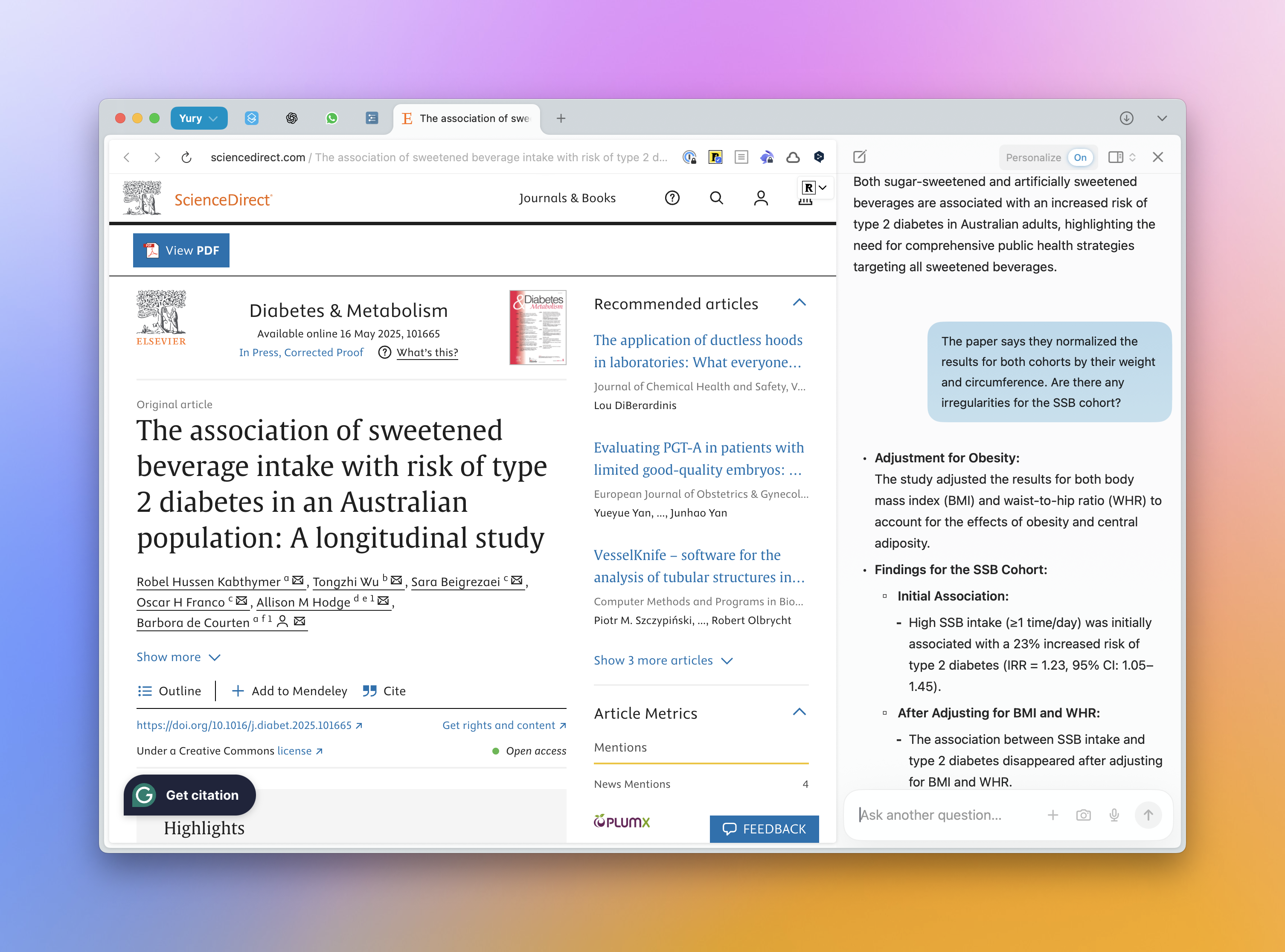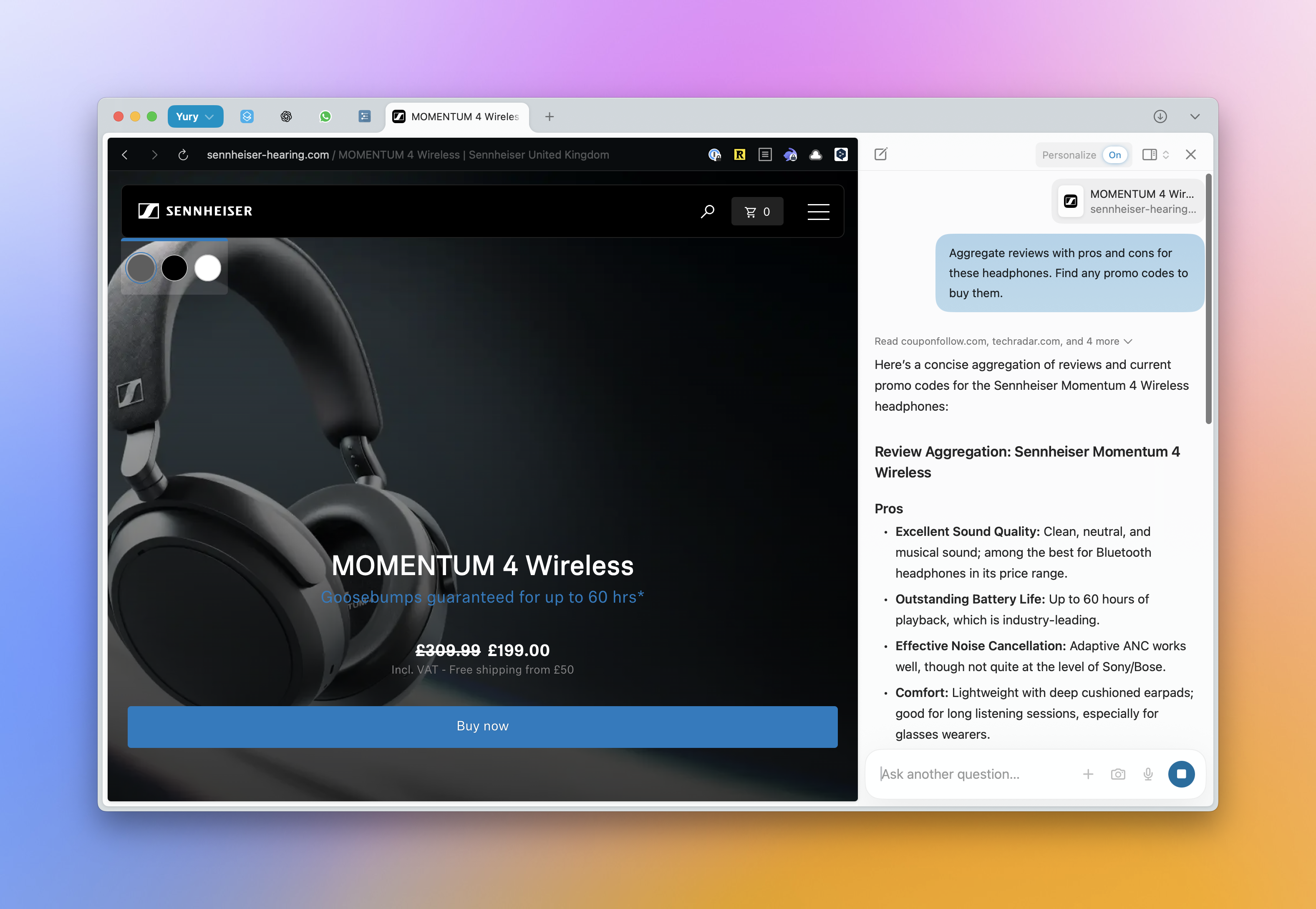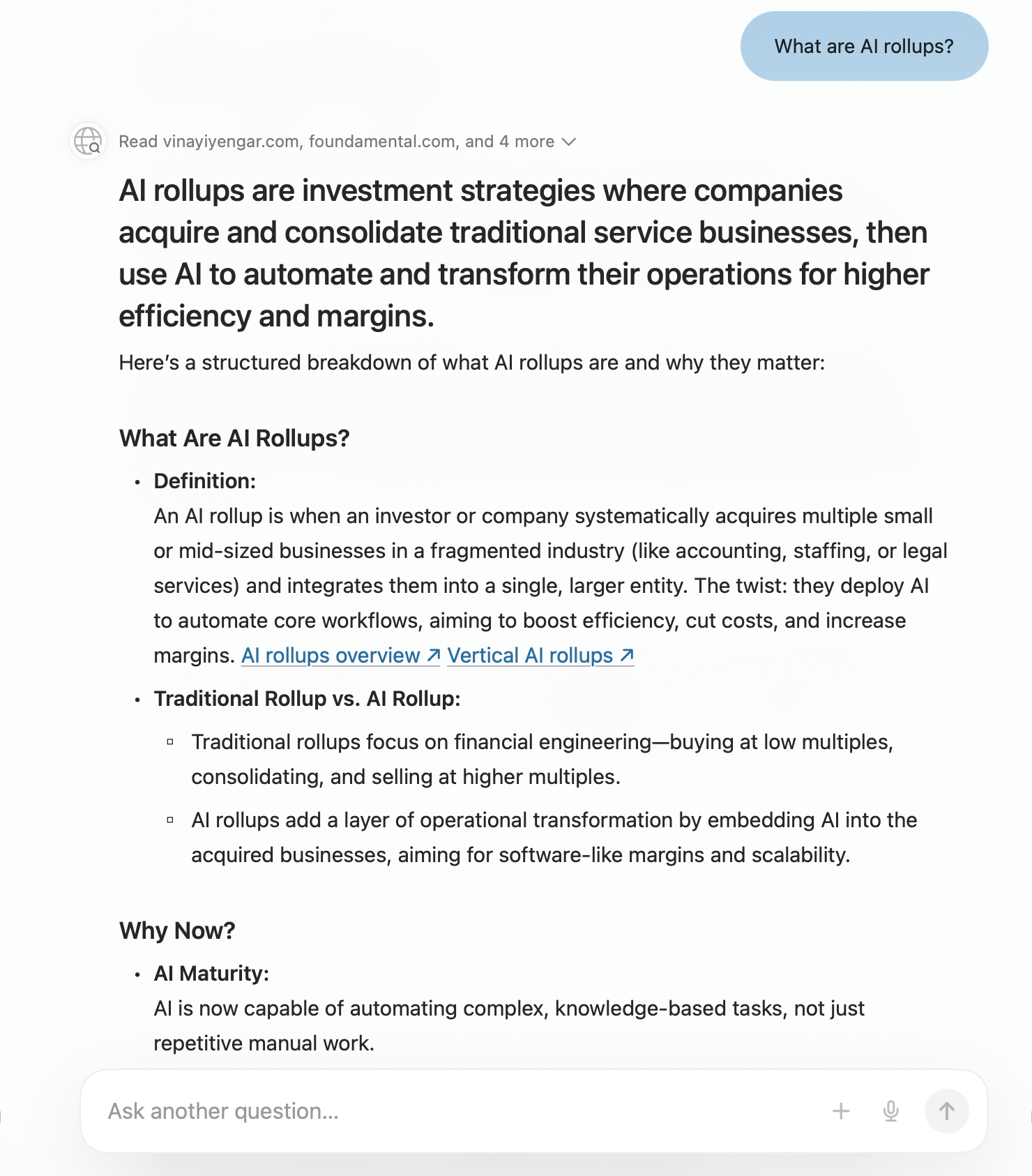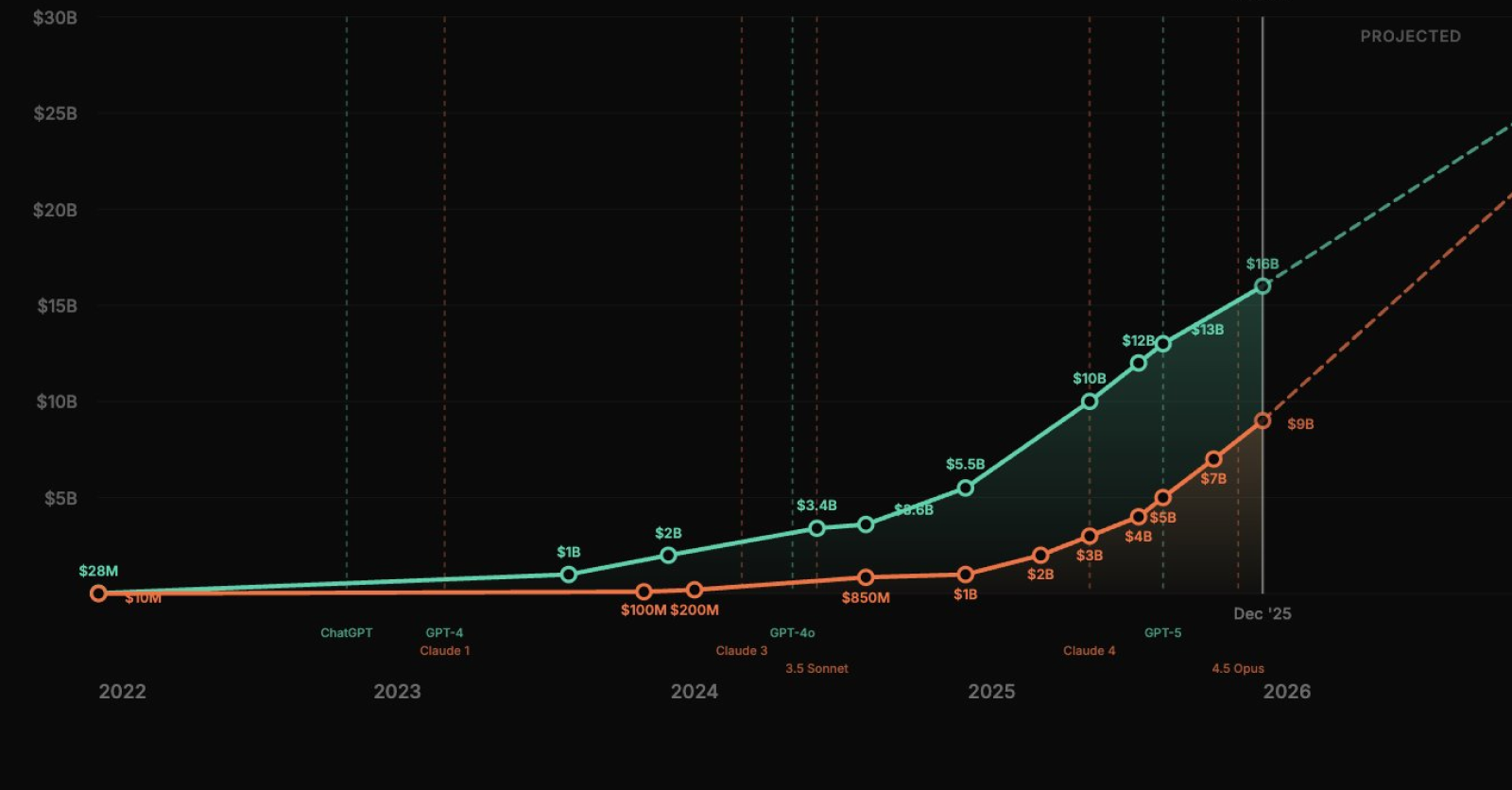I Can't Stop Using Dia Browser
Dia’s seamless AI integration and polished interface are redefining the browser for me.

I was a heavy user of Arc and abandoned it only after it was “sunset”. The app still works, of course, but I used to experience a few glitches and understood they would never be solved anymore. Still, I get their decision — Arc just wasn’t mainstream enough.
I understand it even better after using Dia. It has become my primary browser and I’d be extremely dissapointed if it went away, which is a very good PMF score.
The early reviews weren’t great. Arc has become popular because of its unique and polished UI, and then the Browser Company threw it all away and started from scratch. I get the frustration. But a niche browser never had the chance, while Dia might.
Unlike Arc, Dia simply feels like a more polished Chrome. A much better Chrome. Frankly, that just shows how little Google cares about its products and their UX. A team of 120 employees has managed to build an alternative UI that is a joy to use. Dia doesn’t have many advanced features yet, such as Tab Groups or PWA support, but everything included already feels better. And Chrome’s tab groups have always been quite rough and inferior to Safari’s anyway. Plus, with the recent update, Dia again possesses my favorite Arc’s feature in vertical tabs.
What really separates Dia is the AI. The browser is built around it. And I can definitely see why the team went this way. Once you start using it, it’s really difficult to go back. And I imagine the overall familiarity makes it easy for most people to switch from Chrome.
For some reason, none of the major AI chatbots really interact with your browser. And if you send a link to ChatGPT to summarize the webpage, there’s a good chance it’d just hallucinate the content instead. With Dia, you can always use any particular set of open webpages as context for the LLM. And this is wonderful. You can summarize, ask questions, or get additional context from the LLM itself or ask it to search the web for you. Just click Cmd-E and you have Chat on the side.
You can instantly ask whether the thing you’re planning to buy is actually good and find promo codes to get it cheaper. And it works! Don’t trust the reviews on the website, just ask and the AI will give a summary from top-tier review websites and meticulous fans on Reddit. You can extract data from complex HTML layouts and get a simple list of bullet points if you need it.

You can do more complex things and turn this into a make-shift Google NotebookLM. I opened a dozen of articles and blog posts about the state of AI coding, then asked it to summarize them into a quick single industry report. The result was quite close to what I’d mention, yet it only took me a few seconds (the rest is actually knowing what context to provide).
Finally, I notice that I really enjoy using these models, whether it’s from OpenAI or Gemini, via the API and with Dia’s prompt instead of their first-party chatbots. After I “personalized” Dia by giving it several people whose writing I enjoy and mentioned I prefer outlines and bullet points, it gave me very well-written straightforward answers. It’s not hilariously sycophantic like ChatGPT that you can’t really wean from this behavior. And kindly offers “links” to ask about adjacent topics if you want to dig deeper.

When you type something in the omnibox, Dia chooses whether to send the request to Google or its AI implementation, mostly based on the length and the syntax of the request. And this is great, because some things are just easier to check with Google. You can always override and choose yourself.
The thing that surprised me the most is how often I end going to Dia to ask question in Chat. It makes sense, because I spent most of my days in the browser. But what I really like is how ephemeral these chats are. I realized I don’t like that ChatGPT keeps all of your requests in history unless you manually enable a Temporary chat each time. Most of the things I search aren’t that interesting or important, but ChatGPT is hoarding them all regardless. Sometimes I research a medical condition, but sometimes I just need a quick lentils stew recipe or a fitting English metaphor.
Dia keeps a few recent chats in history, but ultimately they’re ephemeral and very low-friction things, and that’s why I end up using its AI so much. I also can’t imagine a browser without it.
Of course, Dia isn’t the only option. Google Chrome added Gemini, but only in the US, and according to the reviews it’s pretty basic.
There’s also Comet from Perplexity, which has a more agentic AI that can actually interact with the web pages, go through links and perform actions. But it’s not entirely reliable yet and there’s a chance people will get discouraged if they hit a brick wall too often and stop trusting it altogether. Comet also pushes all searches to Perplexity, which is good for some things, but not all of them. No surprise Google is scared and pushes AI so hard.
Finally, OpenAI’s agent can also open links and interact with webpages now. There are persistent rumors about them building their own browser as well.
We are in the new era of browser competition, and most importantly, it’s finally not about coming up with yet-another-engine — Chrome has officially won. Instead, all these companies are tuning the browser’s user interface and experience, the area that stayed under the radar and stagnated in the past decade. And I couldn’t be more excited about this.




